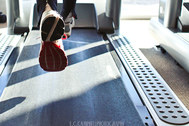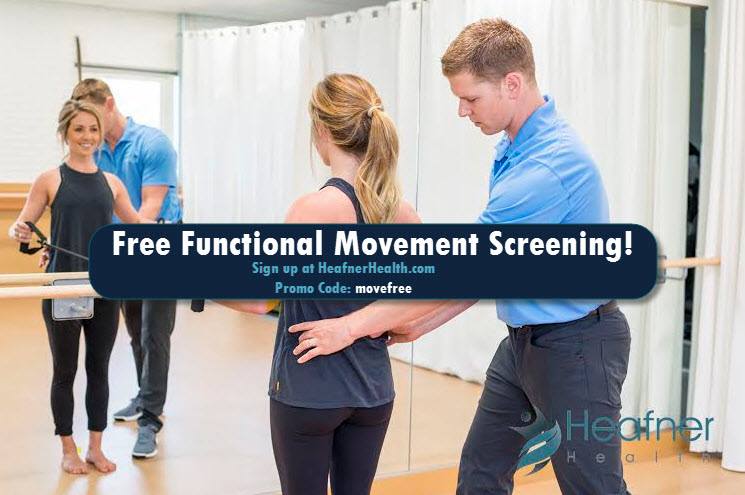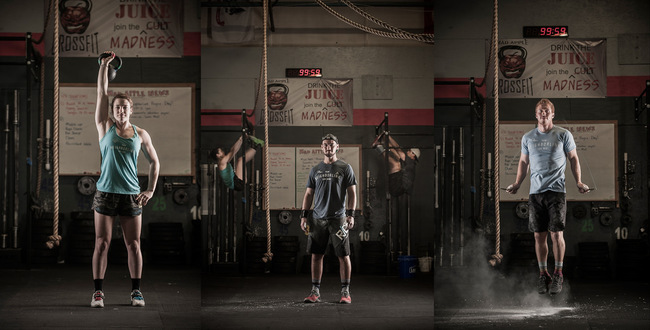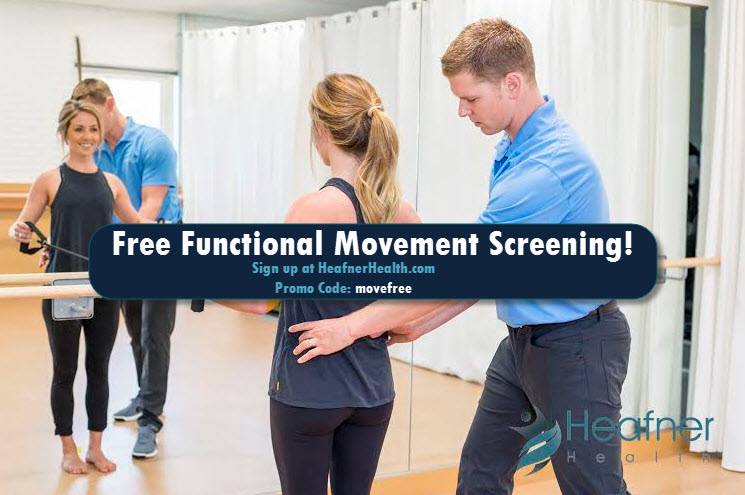|
As I have mentioned in a previous post, I think the world would be a healthier place if people received annual movement and nutritional screenings. Since initiating this campaign, I have received several questions regarding the ability to predict injury with a musculoskeletal (movement) screening. In physical therapy, there is limited research to predict that poor movement is the 'cause' of the problem. The human body is too complex to observe a compound movement and try to objectively state one abnormality is the problem. If I watch two people with low back pain perform a squat, they may have pain for completely different reasons. One may lack proper trunk stability and the other could have poor ankle motion. However, we cannot argue that certain movements appear inherently more natural or safer than others. For example, when Jordan Spieth swings a golf club, it is a pure movement. His risk of injury is low because his biomechanics in the movement are correct. From my clinical experiences, it is easier to predict injury with poor movement. In the 2012 NFL combine, Robert Griffin III demonstrated terrible jumping mechanics (see picture below). Within one year, he tore his ACL and has since had a second reconstruction. When it comes to human movement, it is not simple enough to state A=B. A number of variables- mobility, strength, stability, environmental factors, and more- all play a roll in how we move. However, I can confidently say that getting a musculoskeletal screening is a step in the right direction to predicting and preventing future injuries. Sign up for a FREE musculoskeletal and movement screening today. Visit Heafner Health to learn more information.
2 Comments
Are you tired of ordinary cardio exercises? Fueled by endurance running plateaus and supported by evidence, a new type of training emerged: high intensity interval training (HIIT). HIIT can be a complimentary exercise for those who dread cardio workouts, want to improve their success in endurance events, or only have time for a short workout. The Science Behind The Phenomenon High intensity interval training (HIIT) is defined as “brief to moderate duration intervals with high intensity (above anaerobic threshold) separated by brief periods of low intensity exercise or rest to allow for some but not full recovery.” For example, instead of jogging for 45 minutes at a steady pace, a standard HIIT session involves sprinting for 30 seconds, then lightly jogging for 1 minute, before repeating the sprint for a total of 15 minutes. The time frame is considerably shorter, but the aerobic workload is comparable. A 2008 study by Gibala et al proved 2.5 hours of sprint interval training produced similar biochemical muscle changes to 10.5 hours of endurance training and similar endurance performance benefits.  Success with HIIT revolves around the ability to exceed your anaerobic threshold - the point at which lactic acid begins to accumulate in the bloodstream. Consistently training at high intensities, such as during HIIT, improves your anaerobic threshold. When you improve your anaerobic threshold, you train the body to recycle lactic acid allowing you to work harder, for longer. This translates to improved aerobic endurance by improving the ability to buffer lactic acid over the long term. Other than improved training performance for both aerobic and anaerobic activities, HIIT training has been shown to increase resting metabolic rate (King 2010). For the weight conscious adult, this means that you will residually burn more calories following a workout. In 2010, Dr. Nybo concluded “SIT [HIIT] may induce similar improvements in cardiorespiratory fitness and skeletal muscle oxidative capacity as prolonged training.” This suggests that the same benefits seen in extended training times could be replaced by HIIT style workouts. Apply High Intensity Interval Training Today! Is this method practical for the general population? As a health care practitioners, we do not typically release people to exercise at maximal intensities unless they are cleared from medical care. Our recommendation is to perform interval training to YOUR level of intensity. Instead of training at 90-100% of your capabilities, scale down the intensity interval to 80% of your maximal output. Then next time push your body and intervals a little further. Remember, we use HIIT to challenge our cardio system, improve endurance results, and maximize efficiency under time constraints. High intensity interval training can be performed with any type of exercise: running, on the elliptical, or with circuit training. Incorporating different variations like HIIT into your workout routine is a simple way to challenge the body to help you reach your fitness goals. References:
1. Gibala, Martin J; Jonathan P. Little, Martin van Essen, Geoffrey P. Wilkin, Kirsten A. Burgomaster, Adeel Safdar, Sandeep Raha and Mark A. Tarnopolsky (September 15, 2006) 2. King, Jeffrey W. A Comparison of the Effects of Interval Training vs. Continuous Training on Weight Loss and Body Composition in Obese Pre-Menopausal Women (M.A. thesis). East Tennessee State University. 3. Laursen, P.B. and Jenkins, D.G. (2002b) The scientific basis for high- intensity interval training: optimizing training programs and maximizing performance in highly trained endurance athletes. Sports Medicine 32(1), 53-73 4. Nybo, Lars, Emil Sundstrup, Markus D. Jakobsen, Magni Mohr, Therese Hornstrup, Lene Simonsen, Jens Bülow, Morten B. Randers, Jens J. Nielsen, Per Aagaard, and Peter Krustrup. "High-Intensity Training versus Traditional Exercise Interventions for Promoting Health." Medicine & Science in Sports & Exercise 42.10 (2010): 1951-958. Web. <http://www.ncbi.nlm.nih.gov/pubmed/20195181>. The other day I was talking with a young female runner who stated she has had 'a bad knee' for a long time. As a Doctor of Physical Therapy, my initial question was "when is it going to be a good knee again?" Unfortunately, there was no foreseeable solution to this problem. At the age of 28, she had accepted the fact that she would have 'a bad knee' as long as she continued to run. After I wiped the tears away from my eyes due to this tragedy, I performed a functional movement screening on the young woman and gave her the appropriate corrective exercises to stop her discomfort. You do not have to live with subtle aches and pains! |
Heafner HealthPhysical Therapy Archives
April 2024
Categories |






 RSS Feed
RSS Feed
